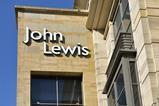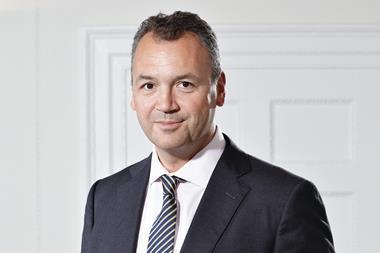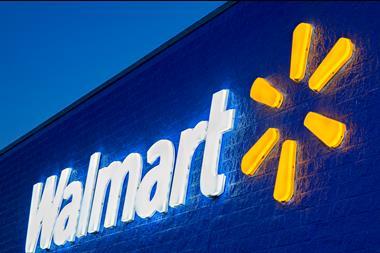A fall in the rate of inflation this week proved more insipid than had been hoped for, but had it been bigger there would hardly have been cause for breaking out the champagne.
The latest Consumer Prices Index from the Office for National Statistics found that inflation in March was 10.1%. While an improvement on the 10.4% recorded the previous month, it remained stubbornly in double digits as hopes and expectations that it would slip to 9.8% were dashed.
But if it had reached the lower number, would consumers really have been celebrating? For many, inflation of nine-point-whatever versus 10 is neither here nor there.
Budgets would still have been stretched, in some cases close to breaking point. A few basis points here and there on headline figures don’t make much of an impact when inflation on everything from bread and cereals to ready meals and chocolate reach record rates.
“When inflation is at such heights, it will likely take a good while yet before the burden eases on hard-pressed shoppers”
Overall, food price inflation was 19.2% in the year to March, up a whole percentage point month on month. That is the highest rate in almost half a century. The last time it was greater was the year of the former Queen’s Silver Jubilee in 1977.
When inflation is at such heights, it will likely take a good while yet before the burden eases on hard-pressed shoppers, so retailers will need to be prepared for more of the same as far as trading conditions are concerned.
Volumes will remain subdued even as sales values rise and discretionary spend will remain considered when so much income is eaten up – ’scuse the pun – by essentials such as food.
Over the longer term, as the year progresses, there are more grounds for optimism.
Food production costs peaked last October, according to the British Retail Consortium, which expects prices “to start coming down over the next few months”.
In fact, last week Tesco cut the price of milk for the first time in three years. The initiative was mirrored by other grocers, although a 90p pint is still double the price it was a couple of years back.
“Despite complaints about price rises, many retailers have done a remarkable job of limiting the extent and safeguarding their customers’ interests”
More widely, there are signs that better times are in prospect from a price and cost perspective. Value retailer Pepco, owner of Poundland and a seller of general merchandise as well as food, saw some reasons to be cheerful when it updated on trading this week.
It said: “The macro environment the group faces is more balanced now than in the past 18 months with product input costs starting to ease, though headwinds remain on other costs, including energy.”
Flagging ongoing challenging trading conditions, Pepco said they showed “the importance, more than ever, of offering the best possible value for money…”
Many retailers will think the same – and despite complaints about price rises, many have done a remarkable job of limiting the extent and safeguarding their customers’ interests.
The customer has in fact proved remarkably resilient, and that is probably the best news there can be as the clouds of inflation continue to swirl.
Spending has in the main not fallen off a cliff, but retailers have had to pull out the stops to draw custom. Habits established over the last few years will take a while to revert to former norms, such has been the extent of the price shock.
Take good news where you can get it. However, when, as is likely, inflation falls below 10% – perhaps even next month – that may matter to economists, but it will have to get much lower to matter to the average shopper in the aisle.
- Don’t miss the best of the week – sign up to receive the Editor’s Choice every Friday






























No comments yet